
Our trial is a week away
We’re suing the RCMP for arresting a journalist on assignment for The Narwhal. It’s an...
Last year was the hottest in recorded history and British Columbia’s worst-ever wildfire season, with so-called “zombie fires” still smouldering this winter. Much of the province remains in extreme drought conditions, with farmers facing another year of crop losses and the prospect of having to cull livestock. Wild salmon populations across the province continue to decline, sending ripple effects through coastal and interior ecosystems.
The United Nations is unequivocal about the cause.
“Fossil fuels — coal, oil and gas — are by far the largest contributor to global climate change, accounting for over 75 per cent of global greenhouse gas emissions and nearly 90 per cent of all carbon dioxide emissions,” the international body notes on its website.
B.C. is on the cusp of exponentially increasing its methane and carbon emissions as liquefied natural gas (LNG) projects get underway. The gas, commonly extracted from underground deposits through a process called hydraulic fracturing, or fracking, is then cooled to -160 C to take a denser liquid form that’s easier to transport. It is mostly composed of methane, which is 80 times more powerful than carbon dioxide over a 20 year period in terms of heating the planet.
At the end of the Douglas Channel, a 100-kilometre inlet on B.C.’s north coast, a massive change is taking shape. Soon, the first gas liquefaction and export facility to be built in Canada will light up the night sky as it starts operations with a dramatic flare of burning gas. LNG Canada is poised to bring its processing plant online in Kitimat, B.C., receiving gas from the province’s northeast via the Coastal GasLink pipeline and readying it for shipping across the Pacific Ocean. To the north, the proposed Ksi Lisims floating LNG plant is currently undergoing environmental assessment. The Nisg̱a’a-led project would receive gas from Prince Rupert Gas Transmission, an approved pipeline TC Energy sold to the Nisg̱a’a Nation and its Texas-based partner, Western LNG, on March 14.
As it does, B.C. will enter a new chapter of industrial development, kicking off a long-promised boom and potentially paving the way for further expansion of the province’s fossil fuel sector.
Here’s what you need to know about five projects underway and proposed in the northwest.
LNG Canada is owned by a consortium of foreign corporations: Shell, Petronas, PetroChina, Mitsubishi and Korea Gas.
Malaysia’s state-owned Petronas is gearing up to exploit its tenures in what’s known as the Montney Formation, a vast underground shale complex about the size of New Brunswick and Nova Scotia combined. The Montney lies under Treaty 8 First Nations’ territories in both B.C. and Alberta. Petronas will supply LNG Canada with most of the gas and the Chinese, Japanese and South Korean companies are ready to receive shipments. Shell Canada, a subsidiary of Royal Dutch Shell, is stickhandling the rest, navigating government policies and regulations and negotiating what has amounted to billions of dollars in provincial and federal subsidies.

Teresa Waddington, a senior executive with LNG Canada, said the project is playing a major role in providing jobs and economic benefits to British Columbians.
“I’ve seen the signatures in Sharpies on the underside of pipes, inside the vessels and all the other places where these Canadians are demonstrating their pride in being part of the building and bringing an entirely new industry to Canada,” she said at the BC Natural Resources Forum in Prince George in January. “The time is now and we are almost there. It is remarkable.”
Waddington added the project will produce LNG “at one of the lowest greenhouse gas [intensities] in the world today,” comparing it to similar facilities in operation in the U.S. and other countries.
LNG Canada was approved by B.C. to power its plant by burning gas and holds a 40-year export licence issued by the Canada Energy Regulator. The project, if it proceeds at full capacity as approved for the next four decades, will add more than 500 megatonnes of equivalent carbon emissions to the Earth’s atmosphere, according to analysis by the Canadian Centre for Policy Alternatives. That’s more than the entire remaining carbon budget allocated to Switzerland for the rest of the century.
When factoring in the extraction, pipeline transportation and cooling of the liquefied natural gas that LNG Canada will ship, B.C.’s reductions targets — to lower emissions by 40 per cent below 2007 levels by 2030 and reach net-zero by 2050 — are virtually impossible to achieve. Those targets, part of the province’s CleanBC plan, came into effect after the project was approved by former premier Christy Clark’s government.
LNG proponents often point to how the gas can help countries like China, Japan and Korea reduce reliance on other fossil fuels, such as coal, leading to a reduction in global emissions. That argument is contested by climate scientists who maintain methane emitted during the extraction, processing and transport of the fossil fuel, including leaks at every step of the process, make LNG worse for the climate than coal. Critics also argue there’s no proof that gas exported from B.C. will be used to displace coal.
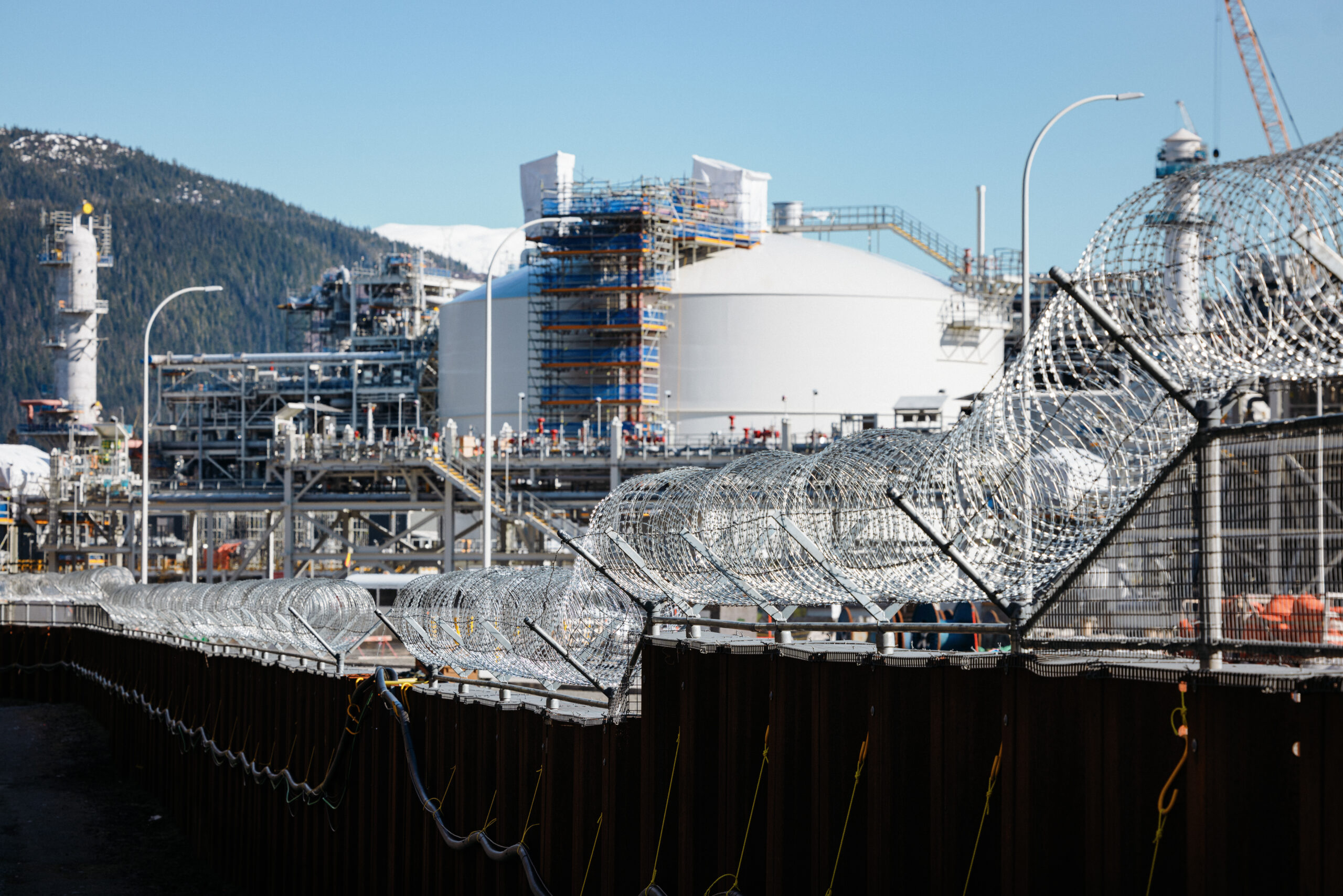
The consortium of companies behind LNG Canada is eyeing electrification, which would significantly reduce its greenhouse gas emissions. But powering the facility with clean energy would divert much-needed power away from other sectors.
“If they were going to try to reduce their emissions using electricity, and they did that upstream, along the pipeline and at the plant, they would need about two Site C [dams] worth of electricity,” Merran Smith, executive director of Clean Energy Canada, told The Narwhal in a previous interview.
BC Hydro recently put out a call for new power proposals, which could include reviving long-languishing wind and solar projects. B.C. Premier David Eby announced in January the province was giving the public utility $36 billion to build out community and regional infrastructure over the next decade.
“We must expand our electrical system like never before, to power industrial development, to power our homes and businesses, to power our future,” Eby said.
The liquefaction and export facility will begin its “commissioning” activities this year to ready the plant for full-scale operations. A spokesperson with LNG Canada told The Narwhal some of those activities have already started.
“At this time, we don’t have a hard date for start-up activities, but they are expected to begin this year,” the spokesperson wrote in an email. “Start-up activities (testing of systems and sub-systems where natural gas is introduced) will include flaring. Local residents and stakeholders will be advised prior to the commencement of activities such as flaring.”
Before the gas can be shipped from the liquefaction facility, it needs to be transported across the province via the Coastal GasLink pipeline. Coastal GasLink will transport 2.1 billion cubic feet of gas to LNG Canada daily to start, doubling that amount if the liquefaction facility goes ahead with its approved plans for a second phase.
In November, Coastal GasLink announced it had finished building its pipeline, the first to connect underground shale formations in B.C.’s northeast to marine shipping routes on the Pacific coast in decades. Under the terms of its environmental assessment certificate, the pipeline company will now conduct reclamation activities along the 670-kilometre project.
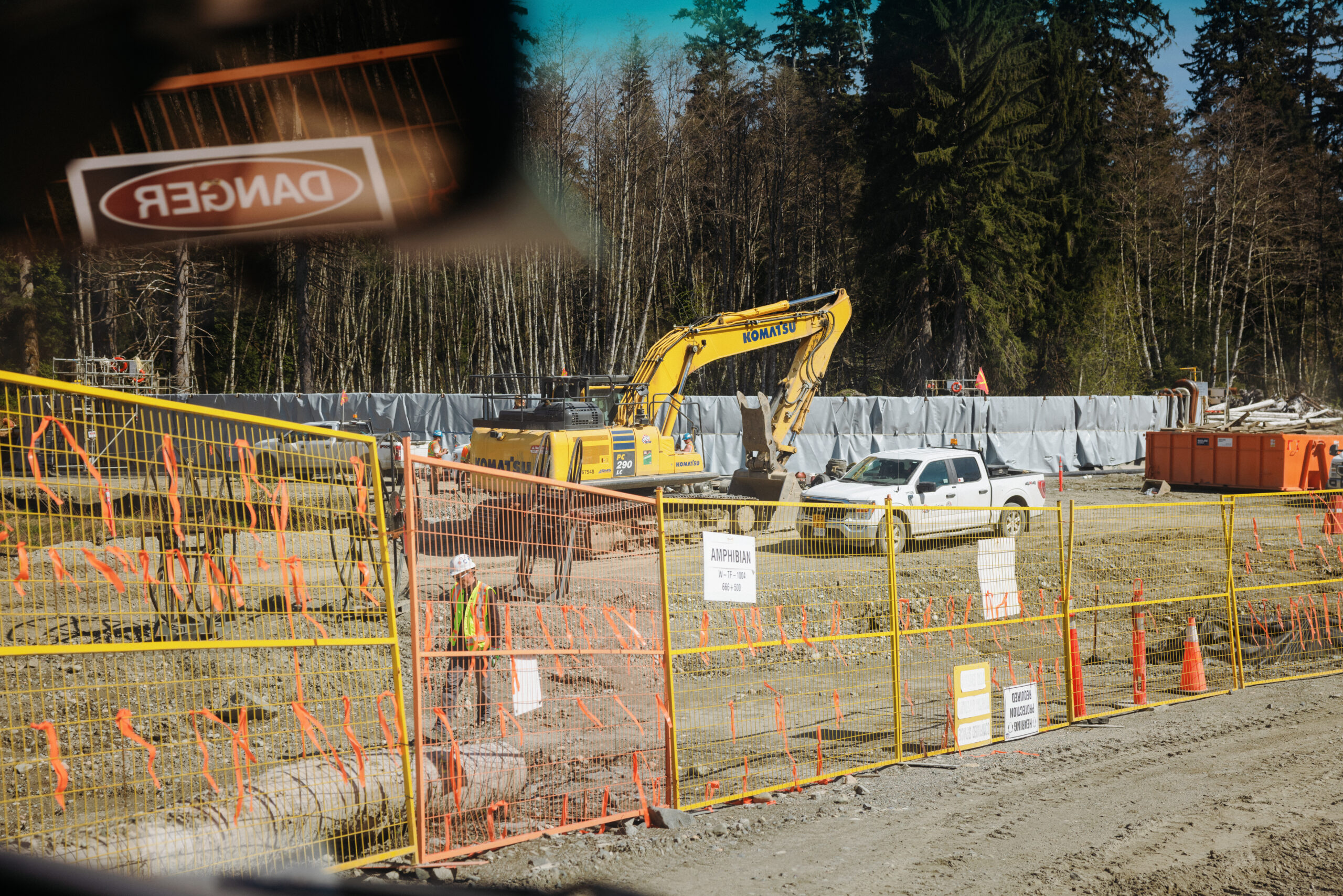
During construction, the pipeline project, built by Alberta-based TC Energy, was marred by controversy, delays and cost overruns. Coastal GasLink has cost more than double its original estimate, with a final price tag of around $14.5 billion. TC Energy is a minority shareholder, after selling most of its shares in 2020 to U.S.-based KKR Investments and the Alberta Investment Management Corporation (AIMCo), a Crown corporation that manages $160 billion of the province’s public pension, endowment and government funds. TC Energy also inked an agreement with 16 elected First Nations governments in 2022, giving them the option to collectively buy a 10 per-cent equity share of the pipeline.
Since starting construction in 2019, the project has repeatedly failed to meet environmental regulations, earning the company more than $800,000 in fines levied by the B.C. government, to date. Those failures have resulted in impacts to wild salmon habitat, endangered whitebark pine and sensitive wetlands that support innumerable species.
As TC Energy navigated challenges and criticism, the pipeline company regularly maintained its work was permitted and regulated by provincial and federal authorities.
“Coastal GasLink is a complex project and is subject to some of the most stringent regulatory requirements in the world,” the company told The Narwhal last year. “Coastal GasLink respects the role our regulators have in upholding the high regulatory standards we are committed to meeting. Those high standards matter to Indigenous and local communities, to the people of British Columbia and they matter to us.”
The pipeline has faced strong opposition from Wet’suwet’en Hereditary Chiefs and their supporters since its approval in 2014. Despite the province and the pipeline company signing deals with five of six elected band councils, neither received consent from the Hereditary Chiefs, whose authority and jurisdiction over the 22,000-square-kilometre territory was affirmed in a landmark Supreme Court of Canada ruling in 1997.
When the Hereditary Chiefs and their supporters tried to prevent the pipeline from being built across the territory, the company successfully petitioned the B.C. Supreme Court for an injunction against anyone interfering with construction. The ensuing conflicts led to more than 80 arrests of Wet’suwet’en land defenders and their supporters, allegations of RCMP misconduct and international scrutiny. Court proceedings are ongoing.
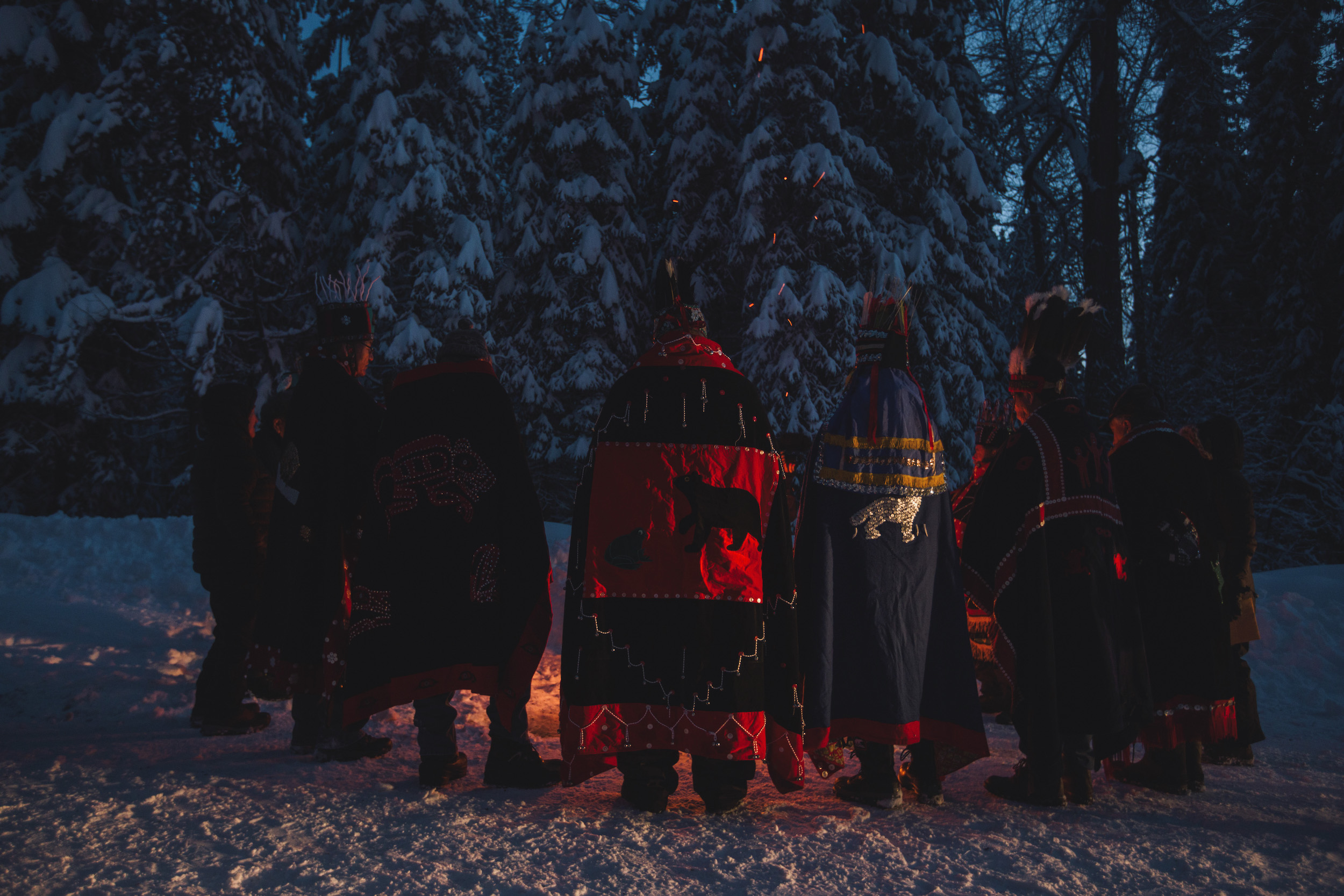
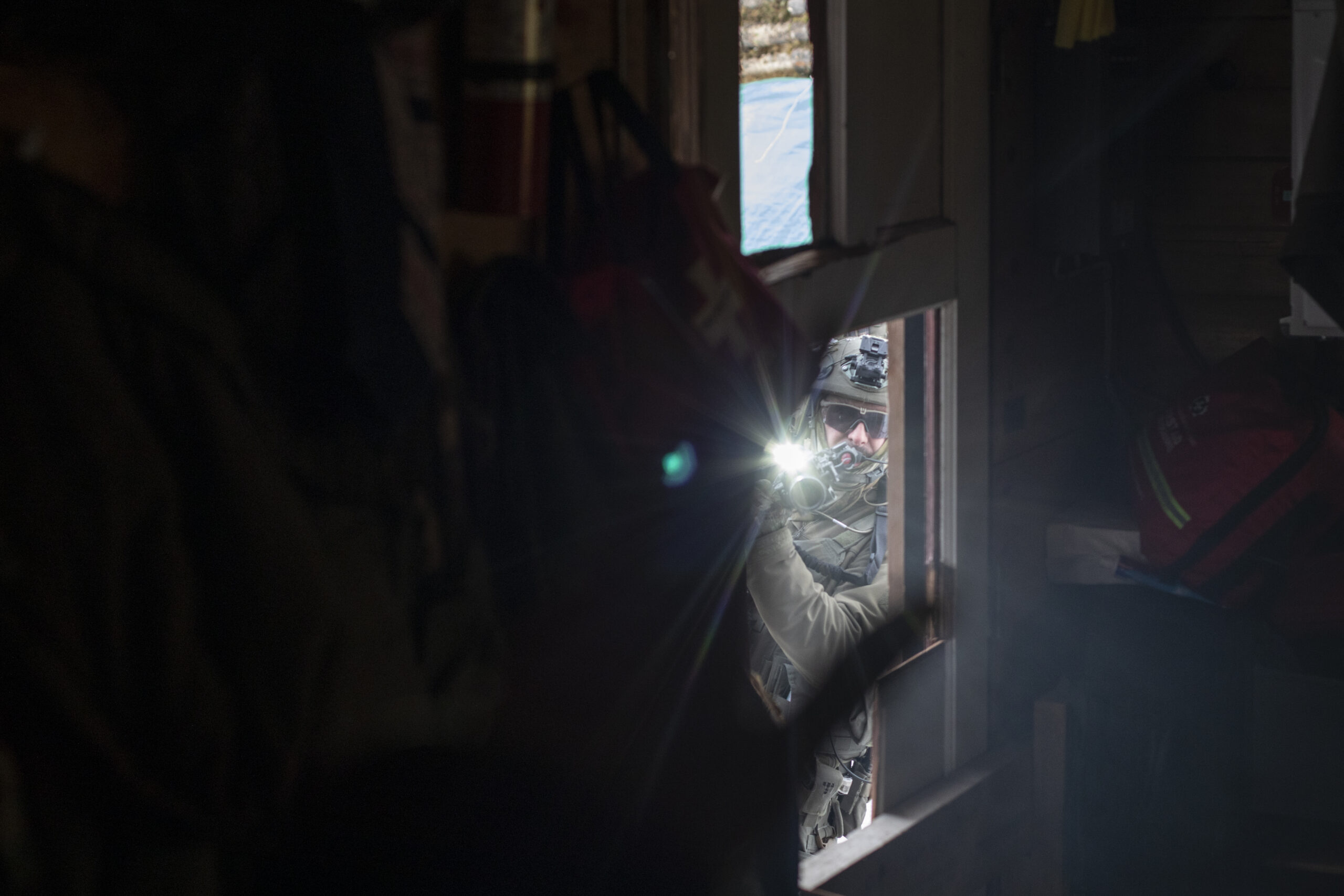

As work on Coastal GasLink winds down, TC Energy could be getting ready to start building another gas pipeline across the north.
The Prince Rupert Gas Transmission project would connect Montney gas to Ksi Lisims, a proposed liquefaction and export facility on Nisg̱a’a territory. Approved by the B.C. government around the same time as Coastal GasLink, the pipeline would span around 900 kilometres and cross the Kispiox and Skeena rivers and traverse Nilkitkwa Lake at the headwaters of the Babine River. The project was originally approved to supply Pacific NorthWest LNG, a Petronas liquefaction facility that was to be built on Lelu Island, near Prince Rupert, B.C. The Malaysian-owned company pulled the plug on its project in 2017, stranding the pipeline — until now. If all goes ahead, TC Energy would shorten its approved route by around 100 kilometres.
TC Energy has until the end of 2024 to put enough work into the project to receive a “substantially started” designation, which would secure its environmental assessment certificate indefinitely.
“At this preliminary stage, we are focused on evaluating regulatory and future options, which would be subject to further agreements being entered into,” TC Energy told Natural Gas World in October. “No final investment decisions have been made.”
On March 14, the pipeline company announced it was selling its interests in the project to the Nisg̱a’a Nation and Western LNG, a Texas-based fossil fuel company.
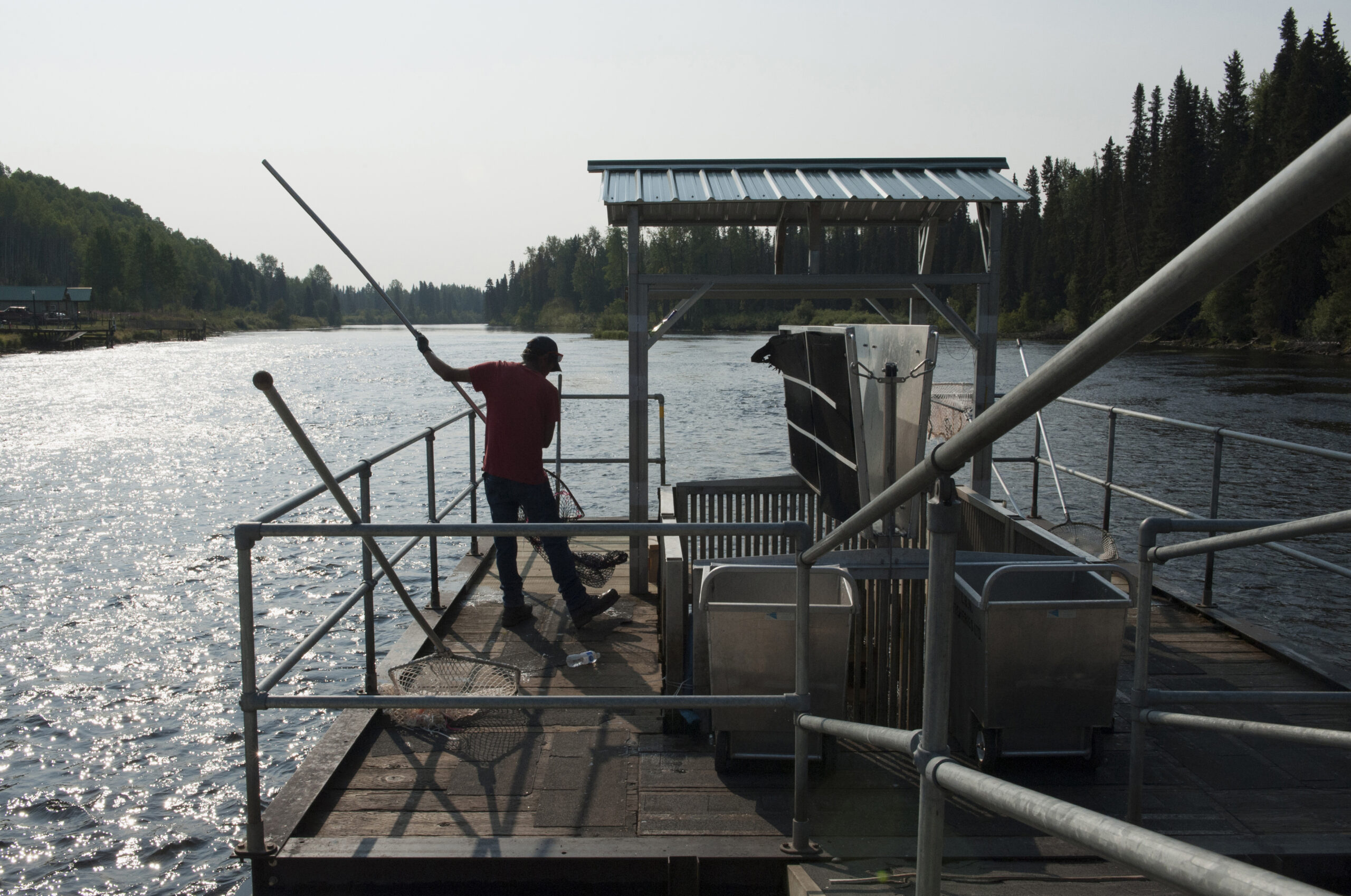
Shannon McPhail, executive director of the Skeena Watershed Conservation Coalition, said the B.C. government should reexamine its approval of the project in light of climate and biodiversity.
“Everyone agrees we are in a climate crisis,” she told The Narwhal in an interview. “Everyone agrees that we are at risk of biodiversity loss and we will likely experience ecosystem collapse. And all of that is being perpetuated by things that are lawfully and legally permitted by our governments.”
McPhail continually called on provincial and federal regulators to hold TC Energy accountable during the construction of Coastal GasLink and alleges the various government agencies failed their mandates to protect ecosystems, including fish habitat.
As The Narwhal recently reported, the B.C. Energy Regulator signed off on numerous alleged environmental infractions and Fisheries and Oceans Canada withheld related information from the public and media on multiple occasions. McPhail said northern watersheds are at a tipping point and any more pressures could send ecosystems into an irreversible spiral, impacting communities throughout the region.
“We’re in a drought province-wide,” she said. “People’s wells in the Kispiox Valley are drying up — they can’t water their livestock and they haven’t had enough snow for livestock to eat or drink. There’s no way we can balance the Prince Rupert Gas Transmission pipeline project to be built through all of this forest when we’re predicted to have a wildfire season worse than last year.”
According to Nisg̱a’a Nation President Eva Clayton, Ksi Lisims offers a “transformational opportunity” for the nation to build its economy. The proposed project, a floating gas liquefaction and export facility that would be built near the village of Gingolx, is led by the Nisg̱a’a Nation in partnership with a consortium of B.C. and Alberta gas producers and a Texas-based LNG company.
“The Nisg̱a’a Nation has long tried to establish an economic base in the Nass Valley,” Clayton said at the natural resources forum in Prince George. “And [Ksi Lisims] is one that we want to do in a way that agrees with our principles and our values, as we live in harmony with our lands and we move forward with building that economic base.”
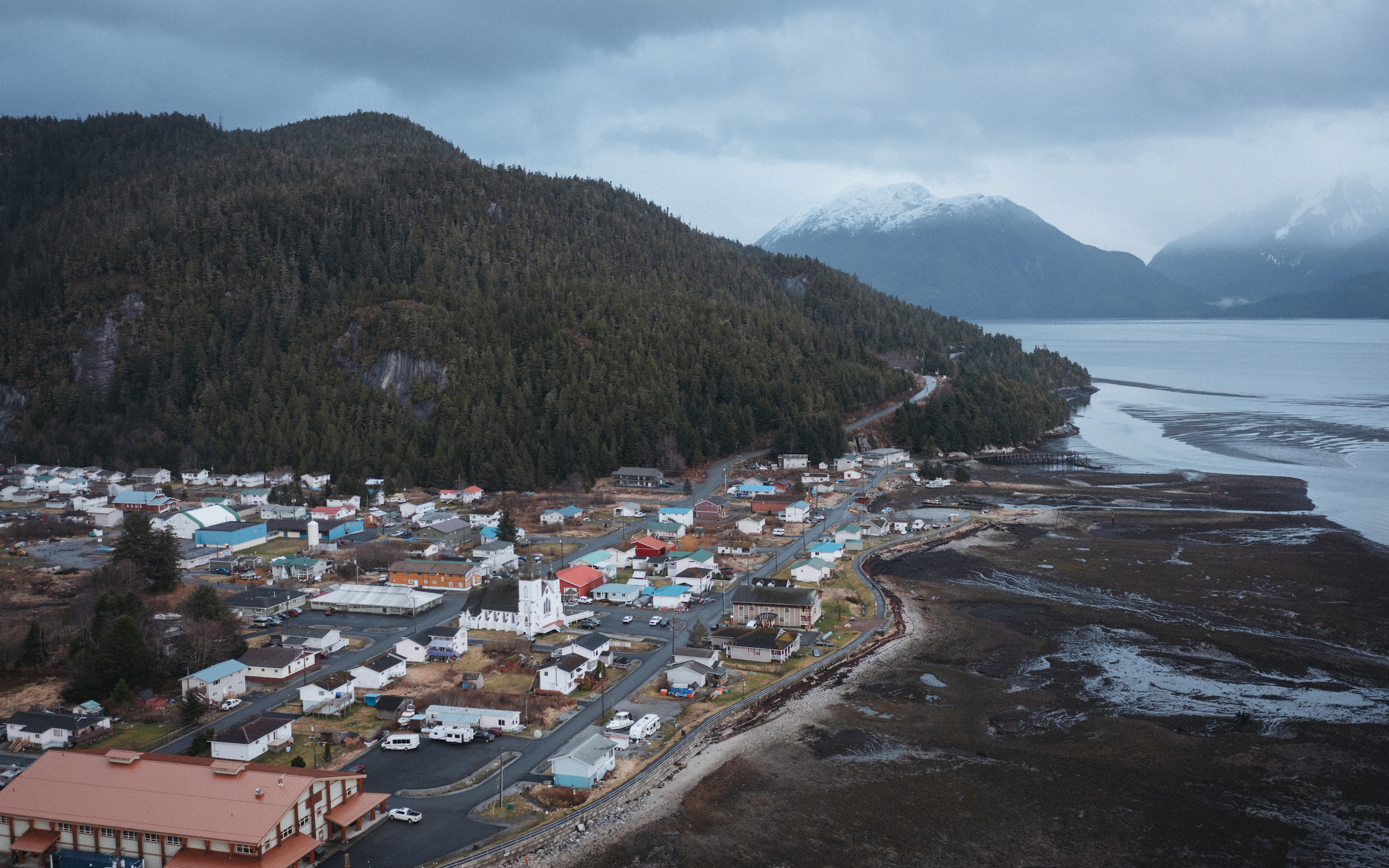
Last year, Nisg̱a’a and its partners signed an agreement with TC Energy for the pipeline supply and in early January, Ksi Lisims signed a 20-year agreement with Shell to sell two million tonnes of LNG annually to the fossil fuel giant. If approved, the liquefaction facility would process and ship 12 million tonnes per year. It plans to use electricity supplied by BC Hydro to cool the gas, though it is unclear how the public utility would generate enough power to meet the project’s needs and continue providing electricity to other sectors.
The proposed project is currently undergoing environmental assessment. During a recent public comment period on Ksi Lisims’ application to the government, the province’s Environmental Assessment Office received 536 submissions, many expressing concerns about the project’s potential impacts to climate, species like salmon, other ecological impacts and the Indigenous Rights of interior and coastal First Nations. Even the City of Terrace — no stranger to industrial development; long a hub for mining and forestry activities — weighed in with concerns that the influx of activity associated with LNG Canada put considerable strain on communities without providing any substantial economic benefits, noting that pattern would likely repeat if Ksi Lisims is built.
The proponent will now revise its application for government review and the public will have one more opportunity to weigh in before a decision is made.
Last March, the B.C. government approved Cedar LNG, a partnership between the Haisla Nation and Pembina Pipeline Corporation. Touted as the first Indigenous-majority-owned LNG facility (Ksi Lisims could be the second), the floating liquefaction and export terminal would be built on the Douglas Channel across from the Haisla village of Kitamaat, a few kilometres from LNG Canada.
Cedar LNG will also receive gas from Coastal GasLink and plans to export three million tonnes annually, about 30 per cent of what its larger neighbour LNG Canada plans to ship during its first phase.
Crystal Smith, Haisla’s elected chief councillor, got emotional as she addressed attendees at the Prince George conference. She said collaborating with LNG Canada, and advancing the nation’s own project, is starting to address an economic imbalance between settlers and Indigenous peoples.
“Something I’m profoundly impacted by is our ability to fund the programs that really connect our people to their culture and our language, a language that has virtually disappeared in my generation,” she said. “We are reigniting our potential through culture and language and that is perhaps the most powerful thing of all. When I think of my daughter speaking Haisla with my grandchildren, that is what drives me each and every day.”
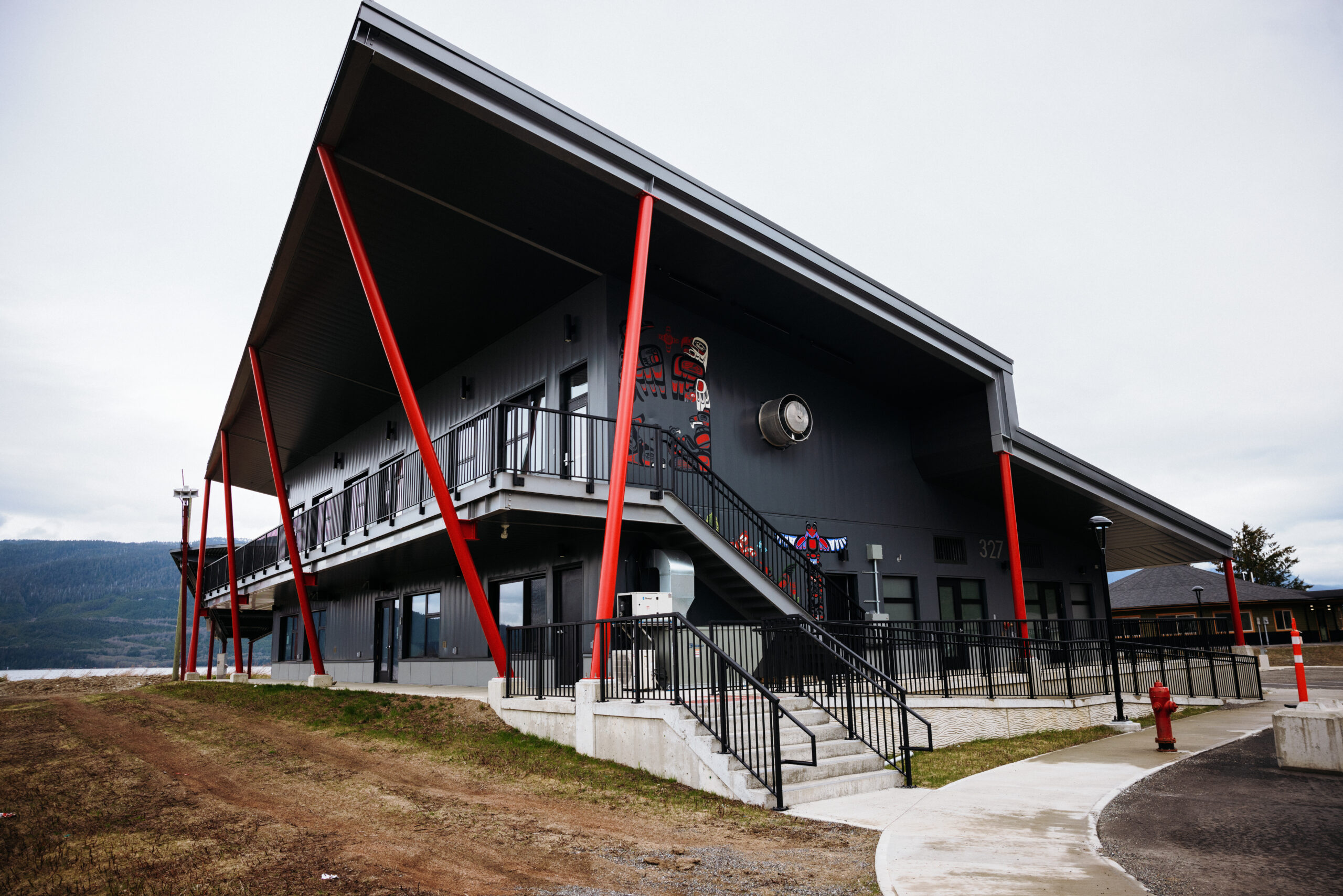
Cedar LNG, to Smith, represents a shift away from a long history of exploitation of resources by colonizers towards a more equitable and collaborative approach.
This was a common thread throughout the conference. While the gathering was awash with land acknowledgements and talk of partnerships and collaboration with First Nations, an undercurrent of leveraging social license to support industrial development buoyed discussions. Gaining that social license and creating those partnerships could result in channelling much-needed benefits to First Nations, long left out of the resource sector and forced into poverty by colonial genocide.
Smith said Haisla’s role as owner of the project represents the beginning of a new chapter for First Nations.
“While our focus right now is advancing Cedar LNG, that is not the end of our journey,” she said. “It is the start of how we want to work together to advance reconciliation and achieve equality for Indigenous Peoples everywhere.”
“I am as unapologetic today as I was when I say that economic development and reconciliation is the path to achieve healing for our people.”
Updated on March 14, 2024, at 2:57 p.m. PST: This story has been updated to include news that TC Energy is selling its Prince Rupert Gas Transmission pipeline to the Nisg̱a’a Nation and Western LNG.
Enbridge Gas will face Waterloo Region in a hearing before the Ontario Energy Board to renew an agreement that would allow the company to continue...
Continue reading
We’re suing the RCMP for arresting a journalist on assignment for The Narwhal. It’s an...

As glaciers in Western Canada retreat at an alarming rate, guides on the frontlines are...

For 15 years and counting, my commute from Mississauga to Toronto has been mired by...